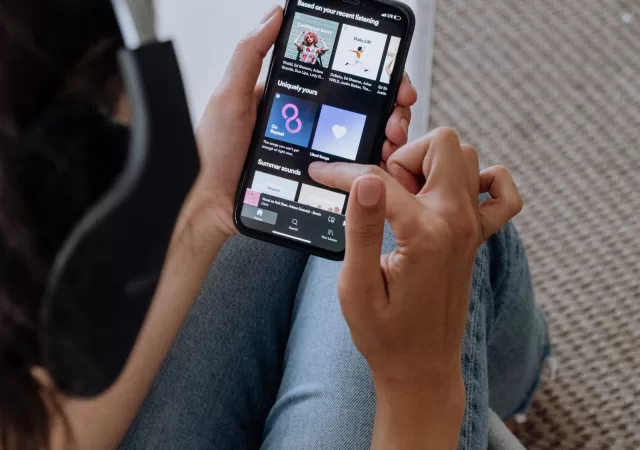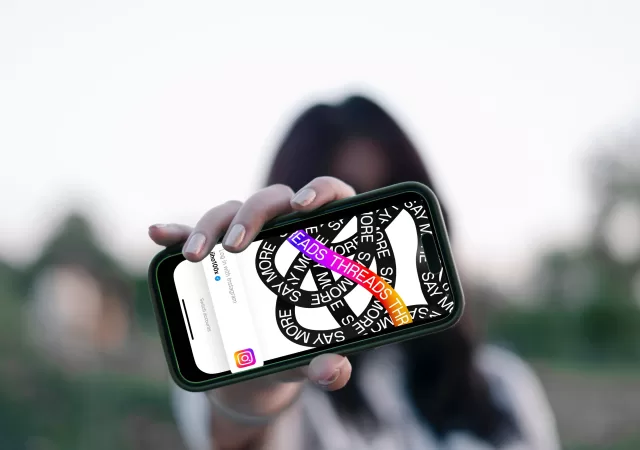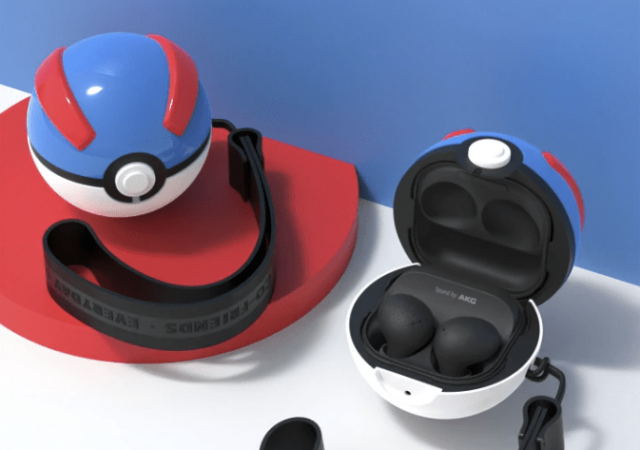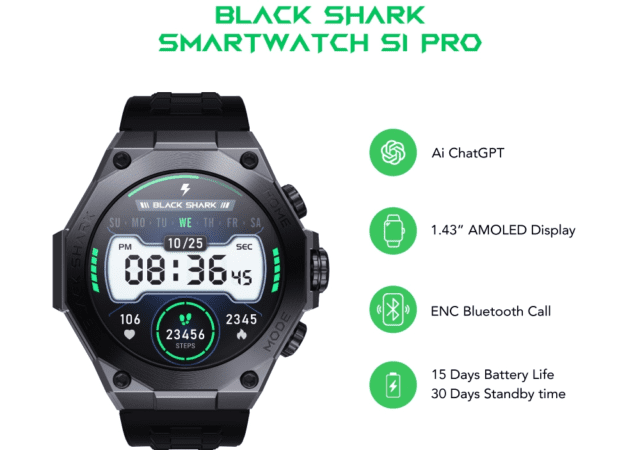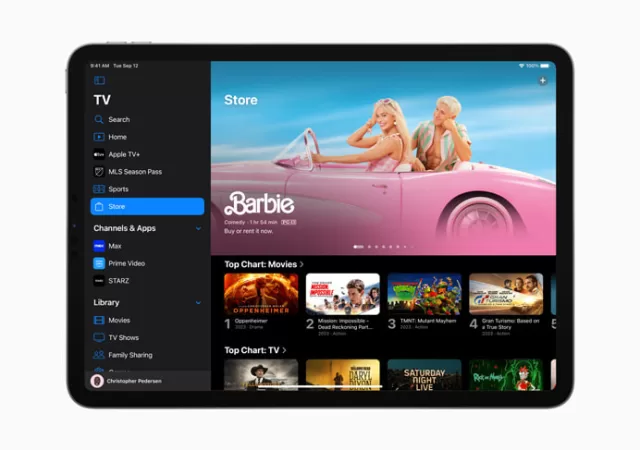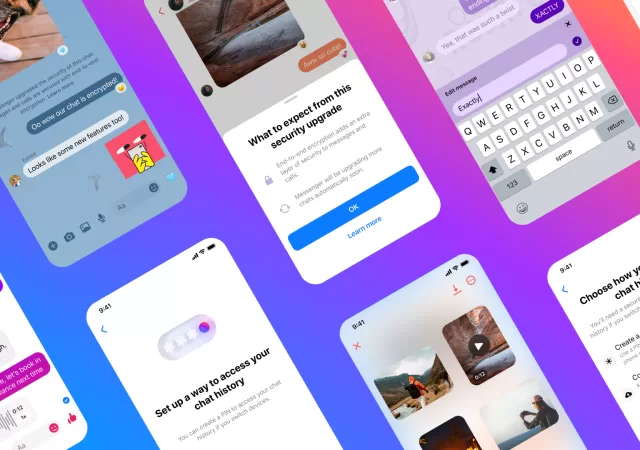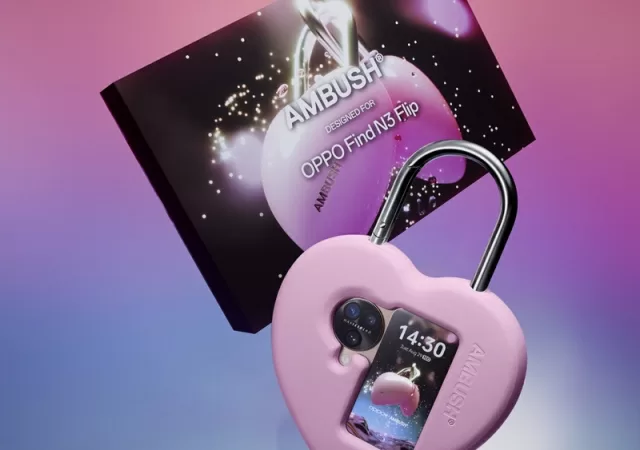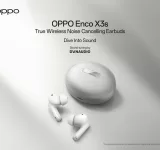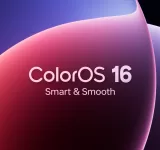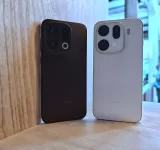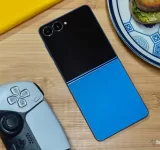Before you get all psyched and excited, step on your breaks first. The idea that Spotify users can easily generate a specially curated playlist according to a text prompt, making it much easier and simpler to find music and have…
Catch Em All! With Samsung’s Galaxy Buds FE.
Take on the world of Pokémon with Samsung’s latest accessory set and the Galaxy Buds FE! Get a free Pokemon Great Ball Earbud Cover worth RM 169.
OPPO Malaysia’s 10th Anniversary Year-End Sale
OPPO Malaysia is marking its 10th anniversary with a Year-End Sale from 11 December 2023 to 2 January 2024. As part of this sale, there’ll be flash sale promotions, price drops, and a chance to win lucky draw prizes. OPPO…
The Black Shark S1 Pro Smartwatch is Now Available in Malaysia.
Black Shark, a known gaming and tech brand, has recently launched its flagship smartwatch in Malaysia, the Black Shark S1 Pro. Packed with impressive features and a rugged design, this smartwatch aims to cater to the needs of tech-savvy Malaysians.…
Apple TV gets a Major Makeover
Attention all Apple TV fans! At long last, the time has come. Designed to make your viewing experience even more fluid and enjoyable, Apple has launched a new look for the Apple TV app after weeks of beta testing. Searching…
Prepare to be AMBUSHed by Style with a New Accessory for the OPPO Find N3 Flip
Are you ready to be AMBUSH-ed with a stylish OPPO Find N3 Flip? OPPO is collaborating with renowned fashion house AMBUSH for an accessory that will lock you in. While not a full on special edition, the new collaboration will…
Vivo’s Double Delight: Exclusive 12.12 Deals
Vivo is turning up the heat this holiday season with its most-awaited 12.12 promotion. Score great deals for Vivo and iQOO devices across Vivo’s official E-Store, Shopee, and Lazada. Exclusive Deals on Lazada From 12 to 14 December, Vivo’s official…



